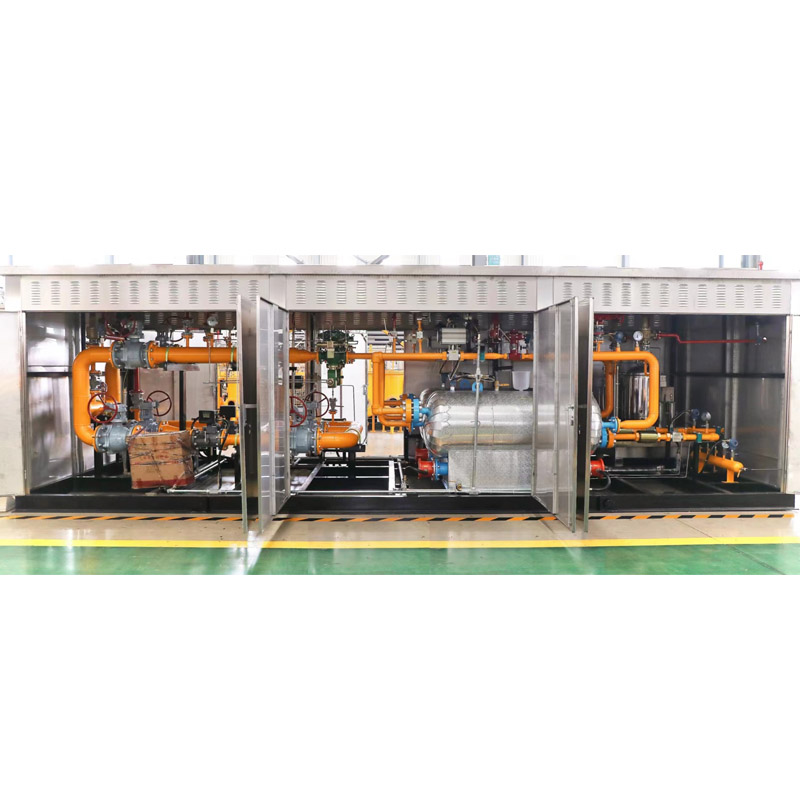
Dec . 17, 2024 16:09
Back to list
pressure reducing regulators
Understanding Pressure Reducing Regulators Essential Components in Gas Control Systems
Pressure reducing regulators (PRRs) play a crucial role in various industrial applications by managing and controlling the pressure of gases and liquids. These devices ensure that the pressure of a fluid in a system is maintained at a desired level, preventing damage to equipment and ensuring safe operations. This article explores the functionality, types, applications, and importance of pressure reducing regulators in different fields.
Functionality of Pressure Reducing Regulators
The primary function of a pressure reducing regulator is to reduce the high inlet pressure from a gas supply to a lower, controllable outlet pressure. This is essential in applications where excessive pressure can lead to equipment failure, leaks, or hazardous situations. The regulator achieves this through a simple yet effective mechanism it employs a diaphragm or bellows that senses the downstream pressure and adjusts the flow of gas accordingly.
When the upstream pressure increases, the diaphragm pushes against a spring, causing the valve to close slightly. Conversely, if the downstream pressure drops, the spring expands, allowing more gas to flow through and raising the downstream pressure. This feedback loop ensures that the outlet pressure remains relatively constant regardless of fluctuations in the inlet pressure or variations in flow demand.
Types of Pressure Reducing Regulators
Pressure reducing regulators come in various designs, each suited for specific applications. The most common types include
1. Single-Stage Regulators These are designed to provide a quick reduction of pressure from a high inlet to a lower outlet pressure. They are typically used in simple systems where the inlet pressure remains fairly constant.
2. Two-Stage Regulators These regulators provide a more stable outlet pressure, even with varying inlet pressures. The two-stage design includes an initial regulator that reduces the high pressure to an intermediate level, followed by a second regulator that adjusts the pressure to the desired level. This design is preferable for more sensitive applications, such as those in laboratories or medical facilities.
3. Back Pressure Regulators Unlike standard pressure reducing regulators, back pressure regulators maintain a set pressure within a system by releasing excess pressure through a vent. This type is useful for applications involving gas mixtures and helps maintain the desired conditions in a process.
pressure reducing regulators

4. Industrial and Specialty Regulators These are designed for specific environments and applications, including high-pressure systems, corrosive substances, and extreme temperatures. They often feature additional safety and control mechanisms tailored to the unique requirements of the application.
Applications of Pressure Reducing Regulators
Pressure reducing regulators are integral to numerous industries, including
- Oil and Gas In the oil and gas sector, PRRs help control the pressure of natural gas and other fluids throughout pipelines and processing plants, ensuring safe transport and processing.
- Manufacturing Many manufacturing processes rely on the precise control of gas pressures. PRRs are used in welding, cutting, and other applications where specific gas pressures are crucial for optimal results.
- Medical In medical facilities, regulators control the supply of gases such as oxygen and nitrous oxide, ensuring patients receive the correct dosage for therapy or anesthesia.
- Food and Beverage Pressure control is critical in food processing and packaging. Regulators help maintain gas pressures in flowing lines to preserve product quality and safety.
Importance of Pressure Reducing Regulators
The significance of pressure reducing regulators cannot be overstated. They enhance safety by preventing potential explosions or equipment failures caused by excessive pressure. Additionally, PRRs contribute to energy efficiency by ensuring that gas flows optimally, reducing waste and operational costs. Furthermore, their role in maintaining precise pressures ensures consistent product quality across various applications, from industrial manufacturing to healthcare settings.
In conclusion, pressure reducing regulators are vital components in numerous applications, providing stability, safety, and efficiency. As industries continue to grow and evolve, the demand for reliable pressure control systems will remain strong, highlighting the enduring importance of these regulators in modern engineering and technology. Understanding their functionality and applications can help users make informed decisions, leading to safer and more efficient systems.
Next:
Latest news
-
Safety Valve Spring-Loaded Design Overpressure ProtectionNewsJul.25,2025
-
Precision Voltage Regulator AC5 Accuracy Grade PerformanceNewsJul.25,2025
-
Natural Gas Pressure Regulating Skid Industrial Pipeline ApplicationsNewsJul.25,2025
-
Natural Gas Filter Stainless Steel Mesh Element DesignNewsJul.25,2025
-
Gas Pressure Regulator Valve Direct-Acting Spring-Loaded DesignNewsJul.25,2025
-
Decompression Equipment Multi-Stage Heat Exchange System DesignNewsJul.25,2025

